Benvenuti nel mio Blog
Donec congue, neque at interdum vulputate, lectus tortor rutrum nisi, quis auctor elit dui quis enim. Phasellus leo lectus, ultrices vel vestibulum sed, ultrices eget sapien. Praesent imperdiet purus nec vestibulum sagittis. Suspendisse id risus sagittis, pharetra nisi vitae, tincidunt nulla.
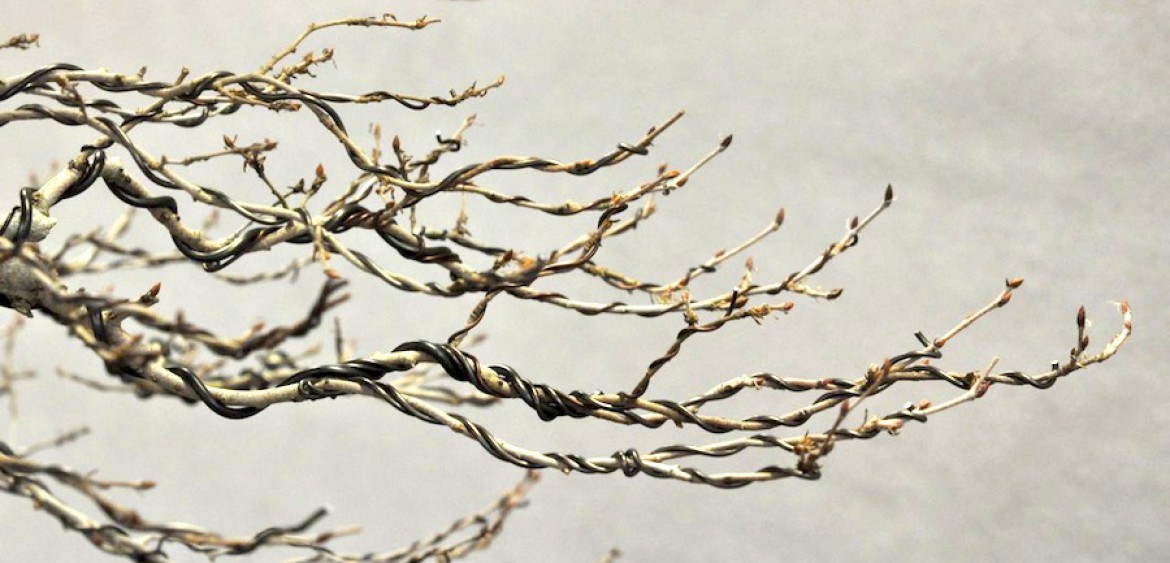
Carpinus Coreana
Read More
2098
0
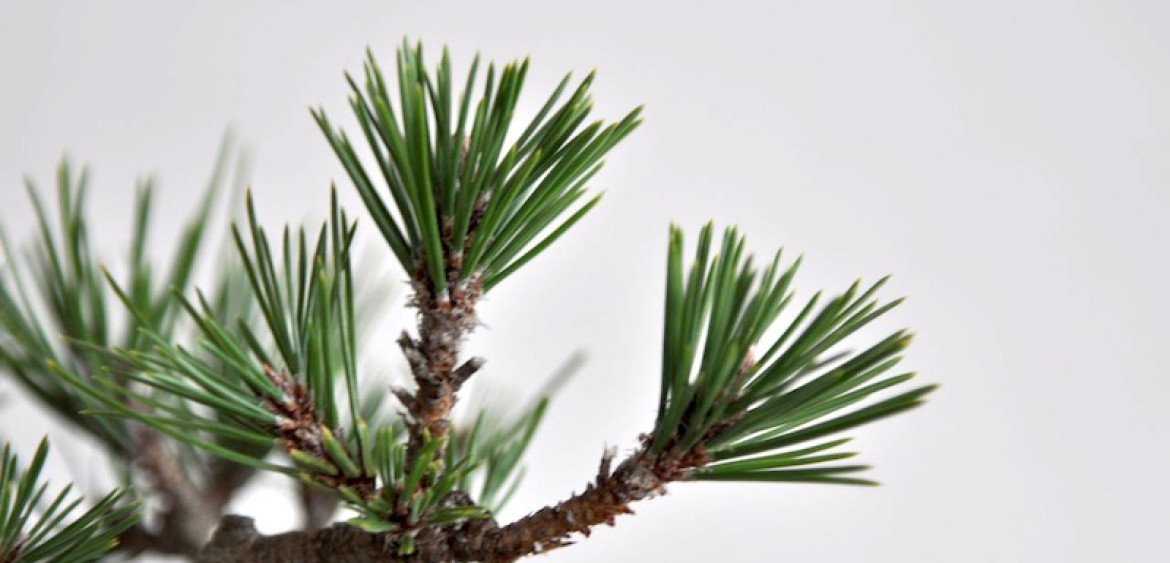
Black pine – Pinus nigra
Read More
1989
0
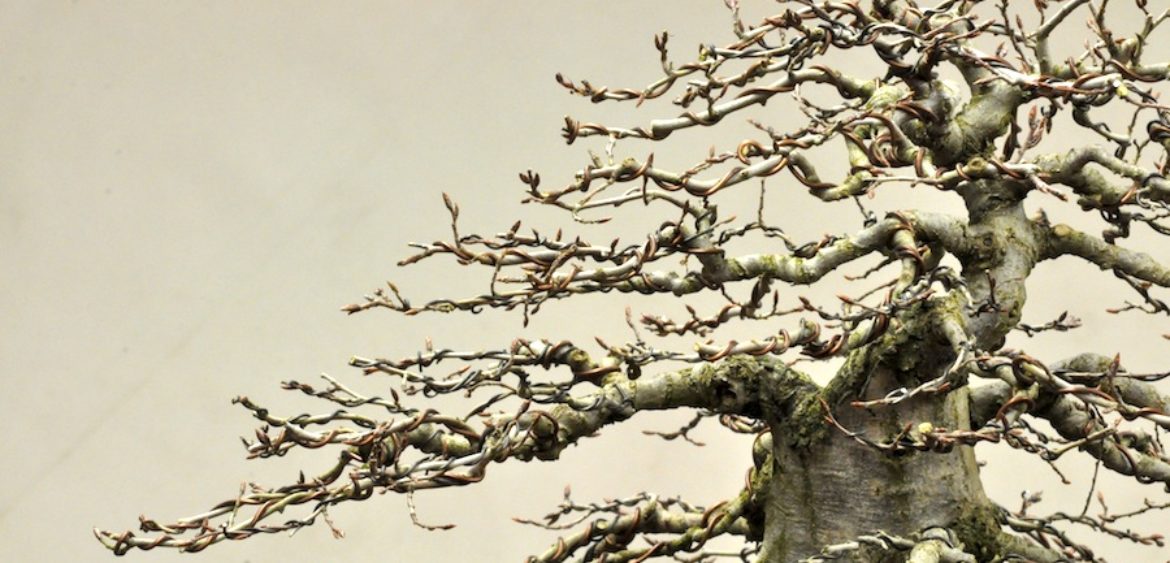
Hornbeam – Carpinus Orientalis
Read More
3446
0
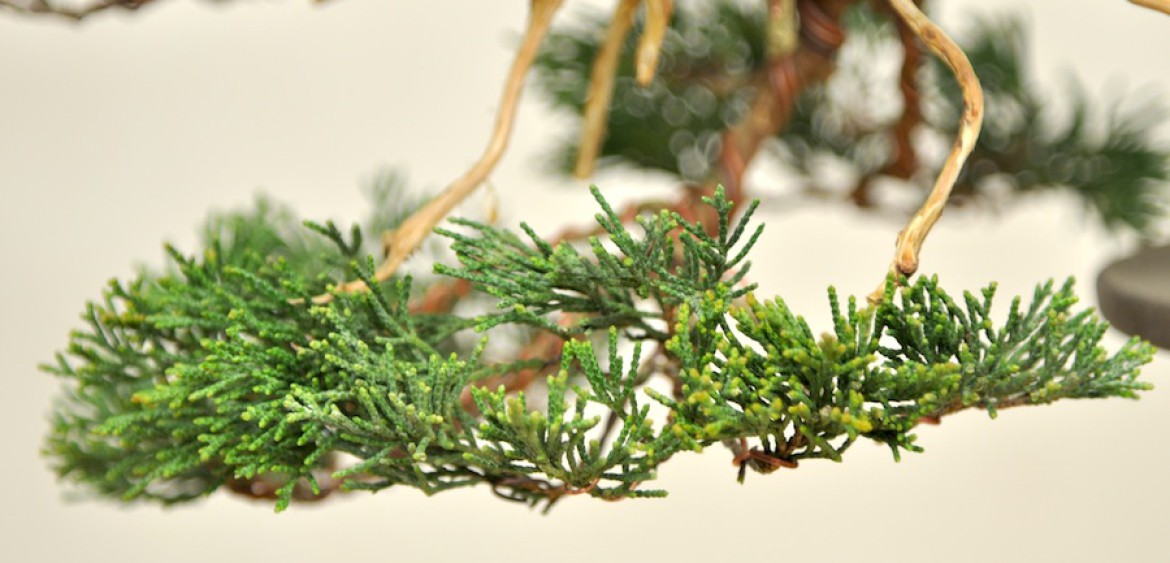
Juniperus Sabina
Read More
2002
0
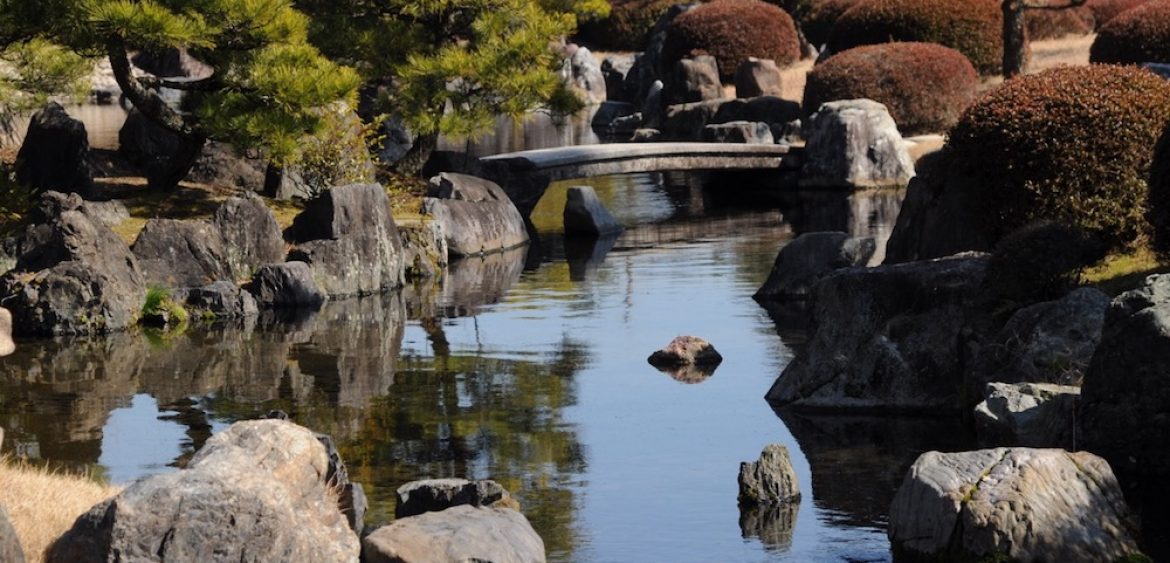
Visit to Nijo-jo Castle in Kyoto
Read More
3658
0
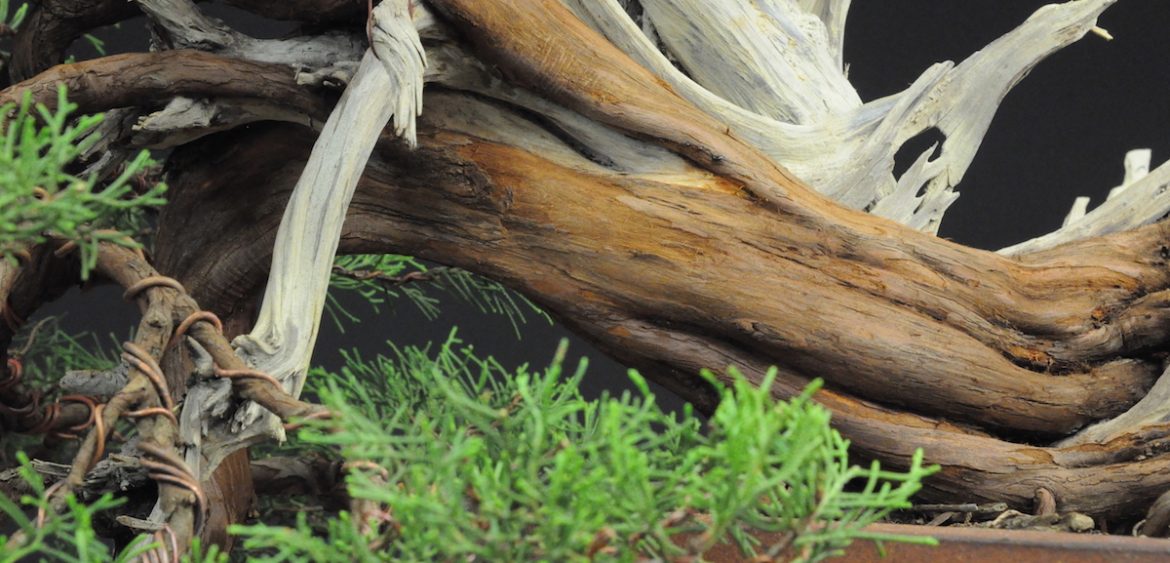
PHOENICIAN JUNIPER – JUNIPERUS PHOENICIA
Read More
6941
0

